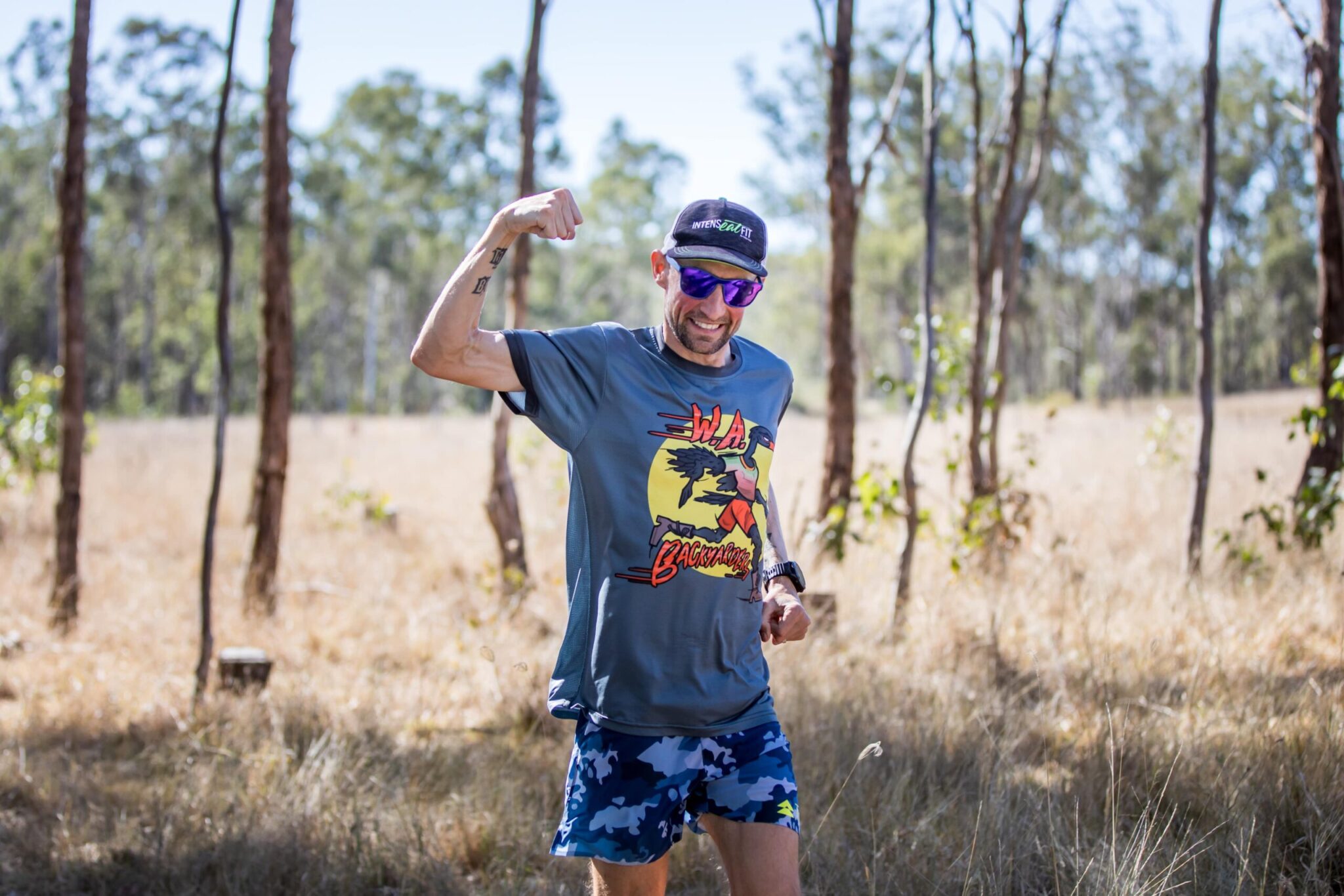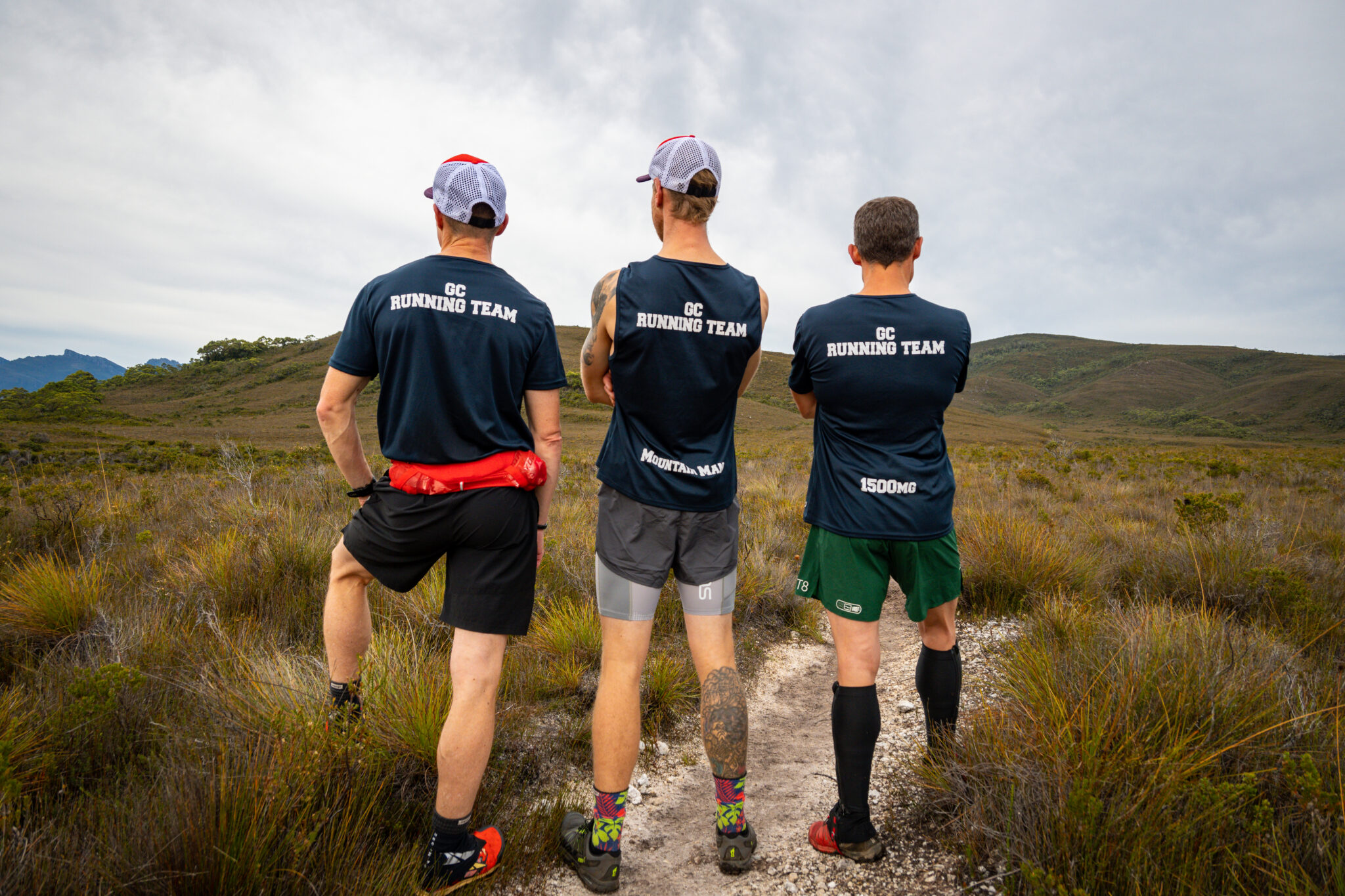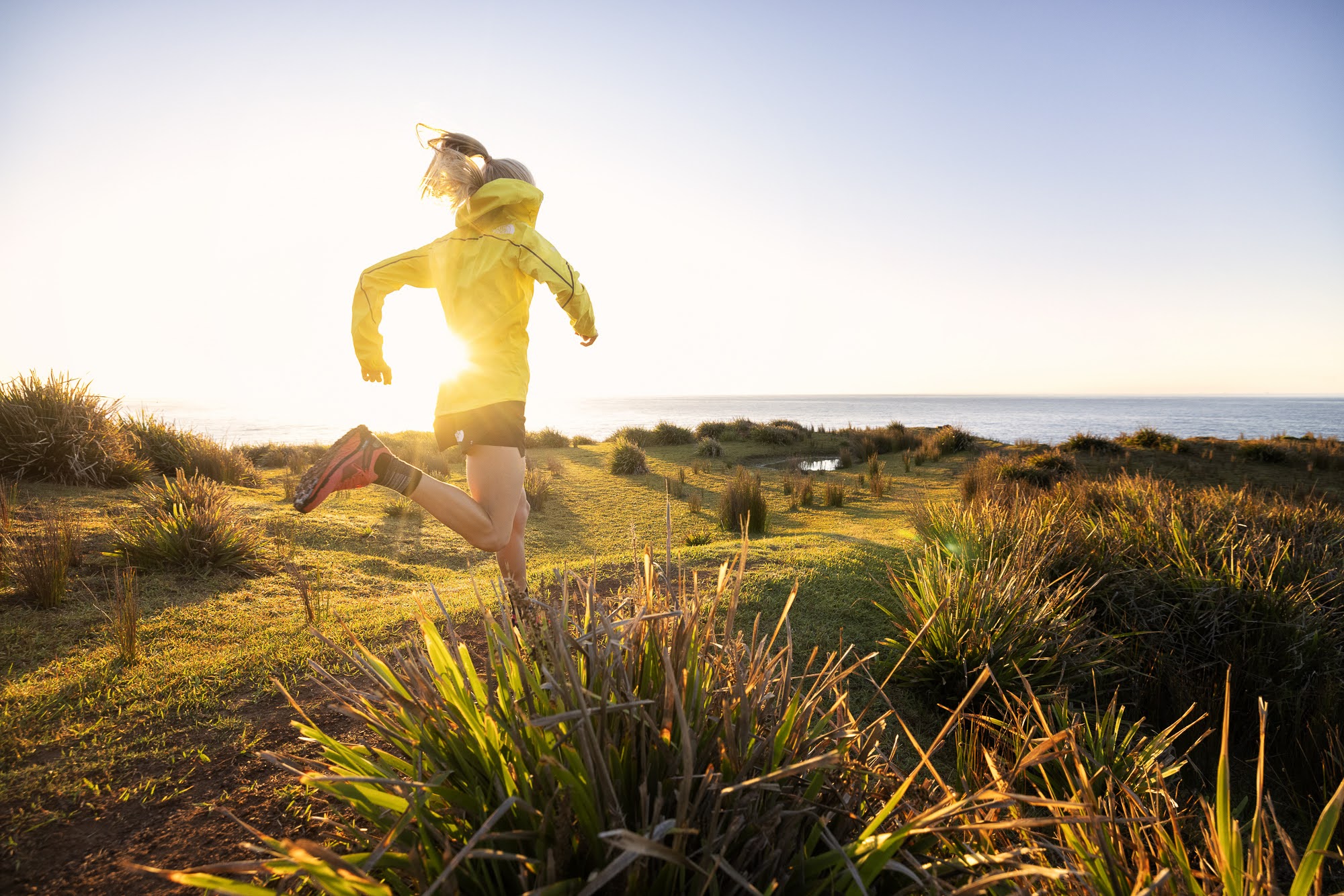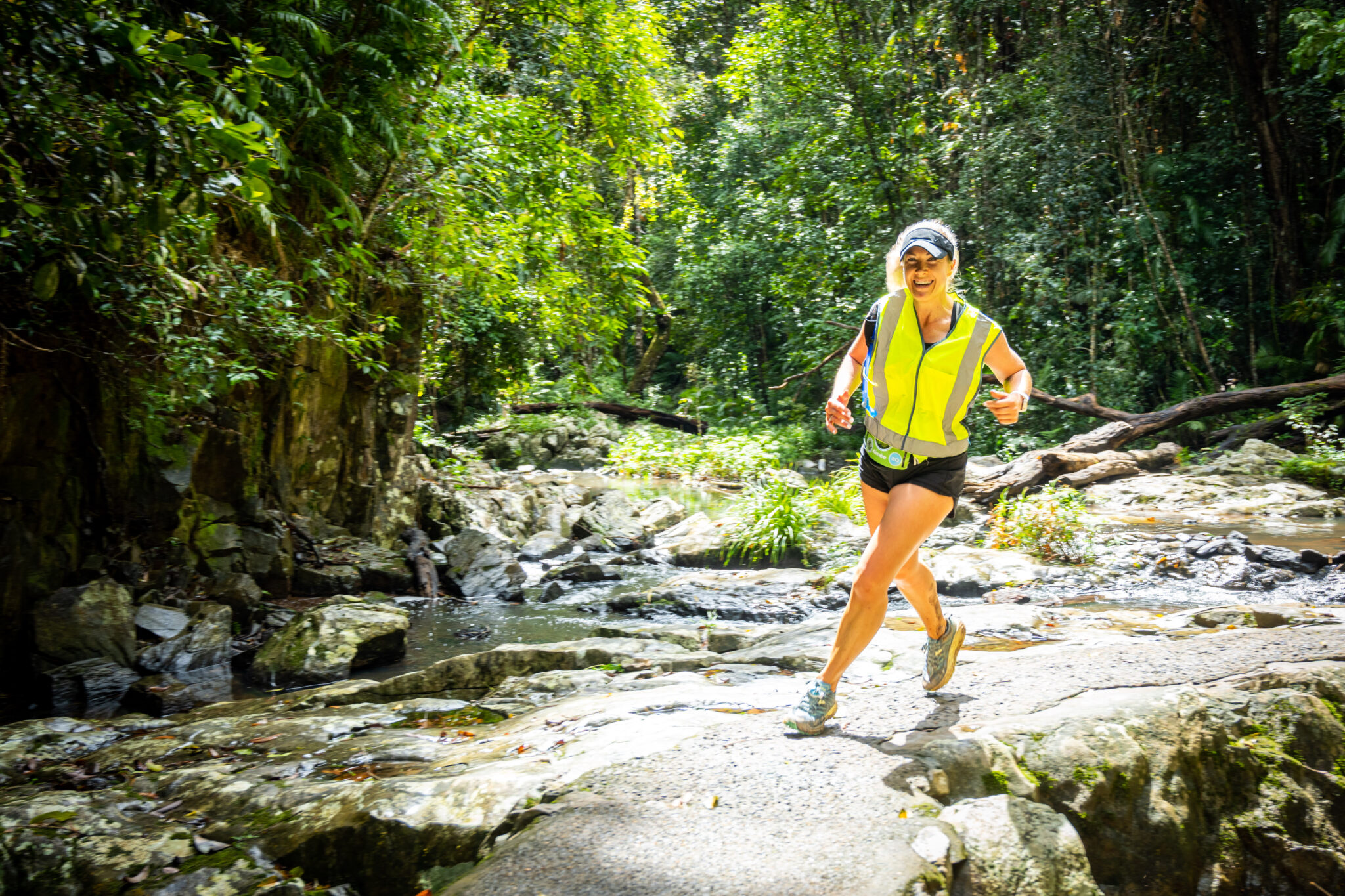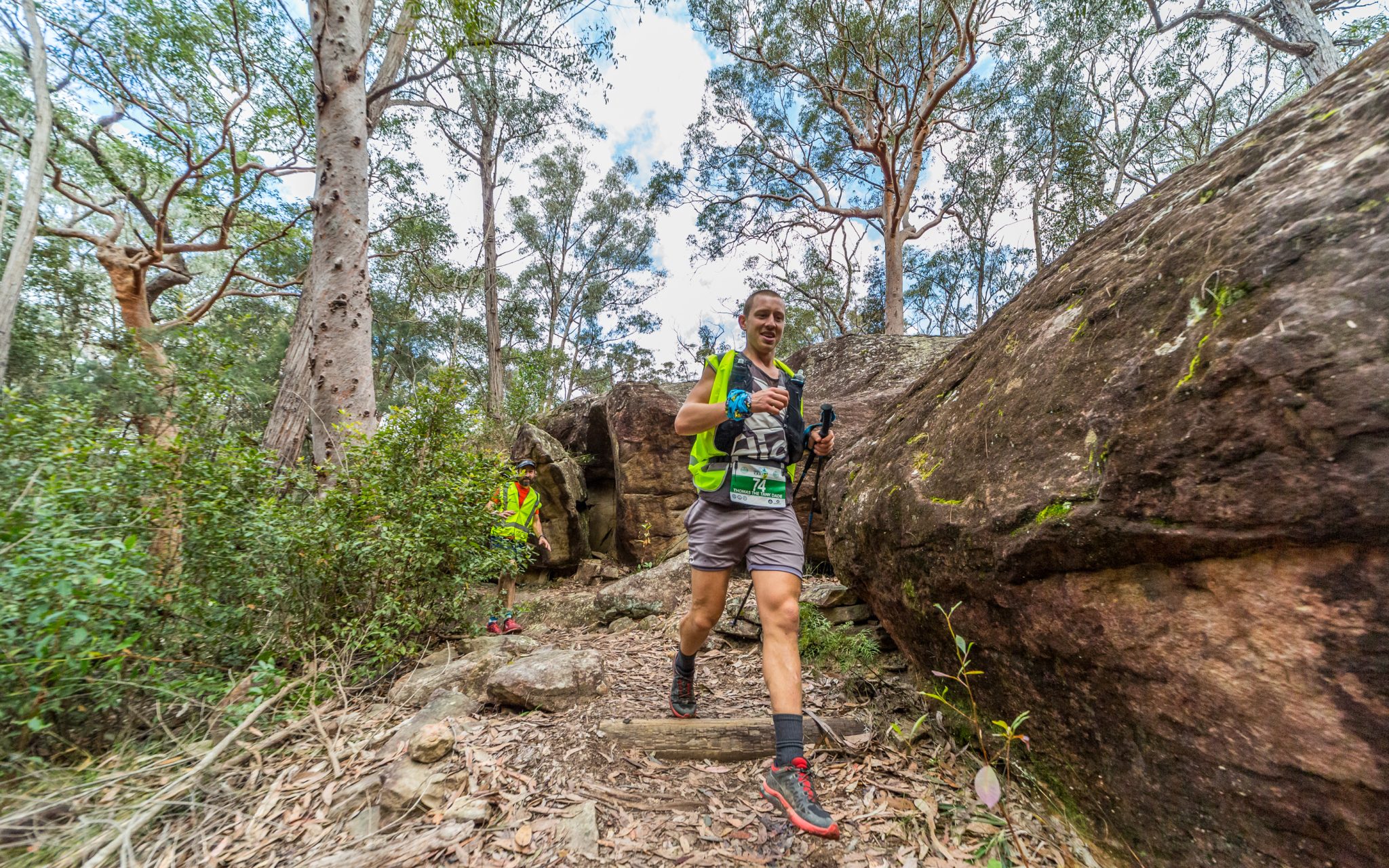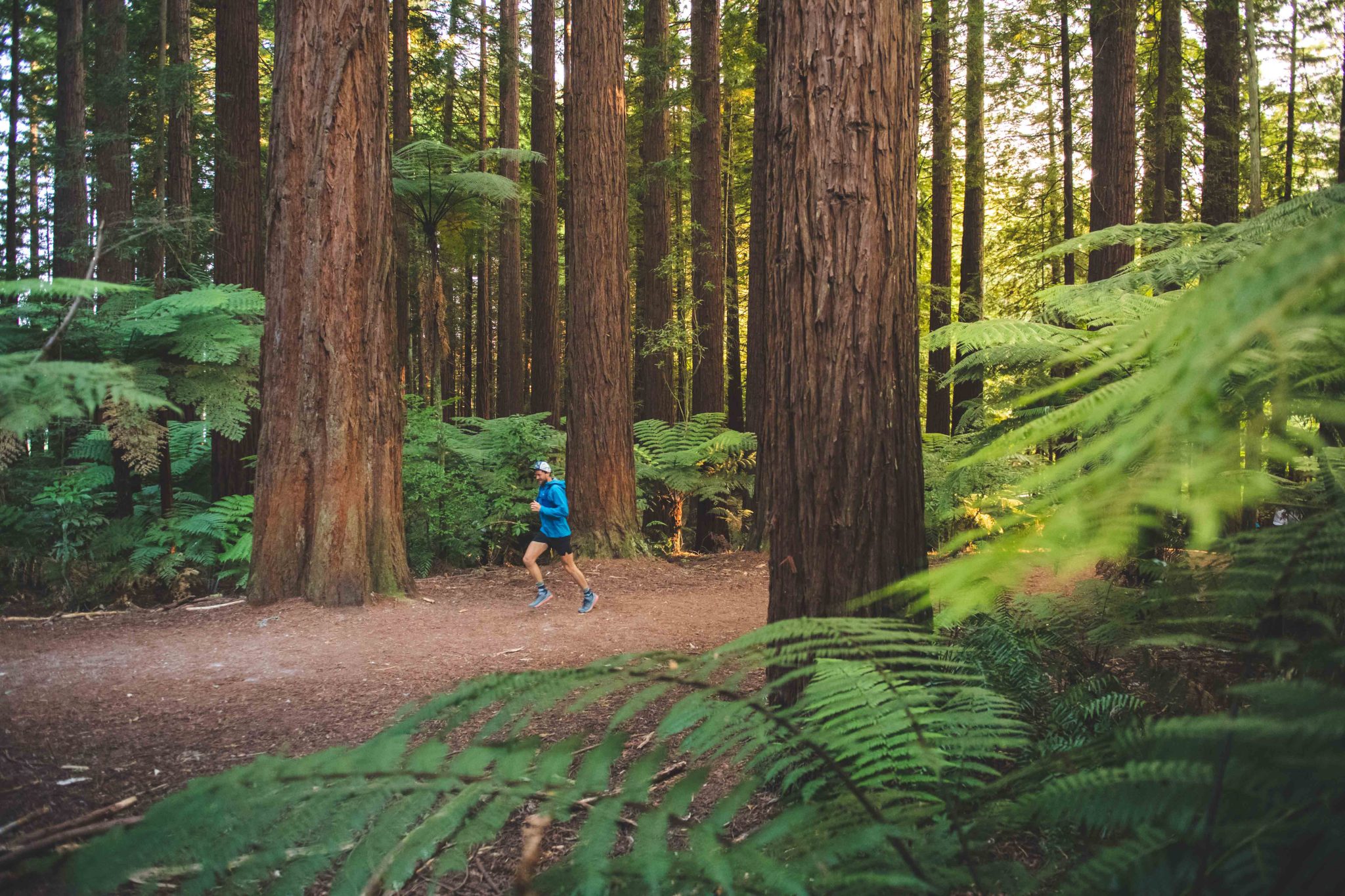Dan Lewis gets the Jedi mind trick low downs from those wielding the sabres of trail talent…
Brendan Davies, former winner of The North Face 100, says his thick new beard makes him look more intimidating and protects his face from the elements in his native Blue Mountains, but it is not a secret weapon in his bid to win the prestigious race again this weekend.
“It just seems to be all the rage in ultra-trail running now,” Davies said of the hipster-inspired big beard look.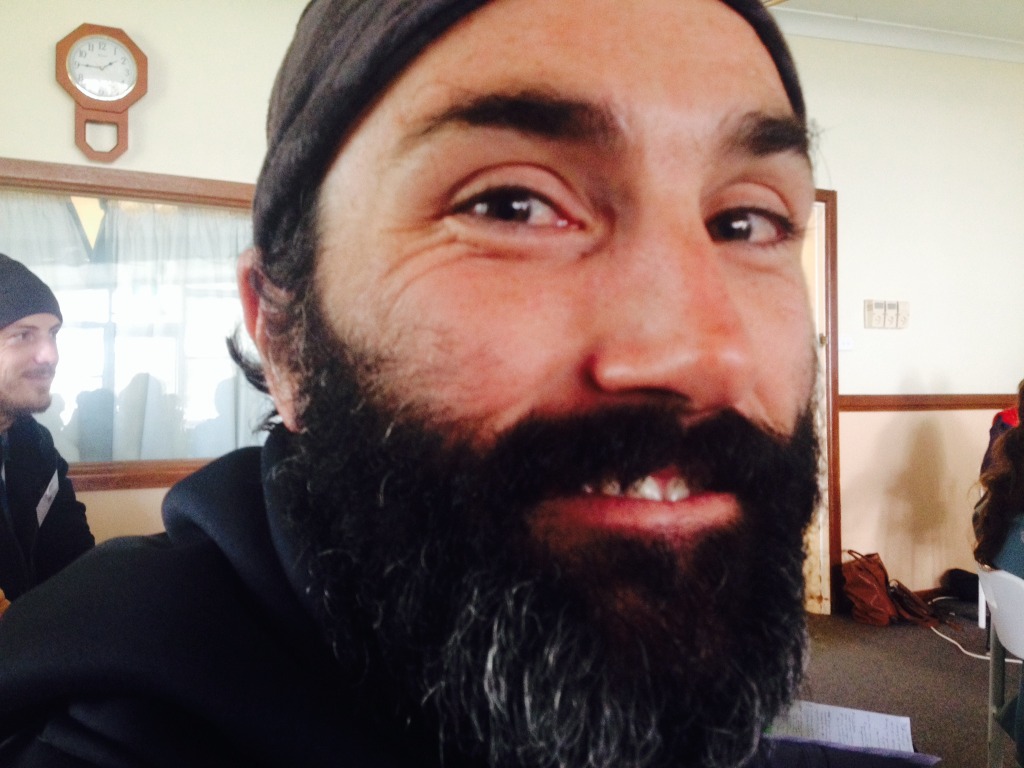
That’s just one of the insights delegates got at day two of Australian’s first National Trail Running Conference being held in the Blue Mountains this week in the lead-up to TNF100.
After Race Director’s Day on Tuesday, today was Runner’s Day and Davies’ presentation on how he meticulously prepares for every big race did make you suspect that maybe even the beard on the previously clean-shaven runner was part of his well-planned plot to win a second TNF100 title.
Davies also coaches runners these days through his UP Coaching business and was one of a number of presenters at the conference to give his insights into what runners should be doing before, during and after trail running races like TNF100.
Others to share their wisdom included fellow elite runners Hanny Allston and Jo Brischetto, coach Andy Du Bois, race directors Sean Greenhill and Andy Hewat and US medical expert Dr Marty Hoffman.
Together, they covered subject matter such as choosing an event, nutrition and hydration, training, gear, developing an event strategy, psychology, pain and injury and post-race plans.
Some good laughs were had with a striptease designed to show just how silly the obsession with gear can be.
Davies highlighted how different TNF100 and Western States were as trail running races and how different his preparation was for each race.
His hot tip for this weekend’s TNF100 is wear trail shoes with some gnarly tread – “almost football boot studs” – because a lot of those Blue Mountains trails are still super muddy from heavy autumn rains.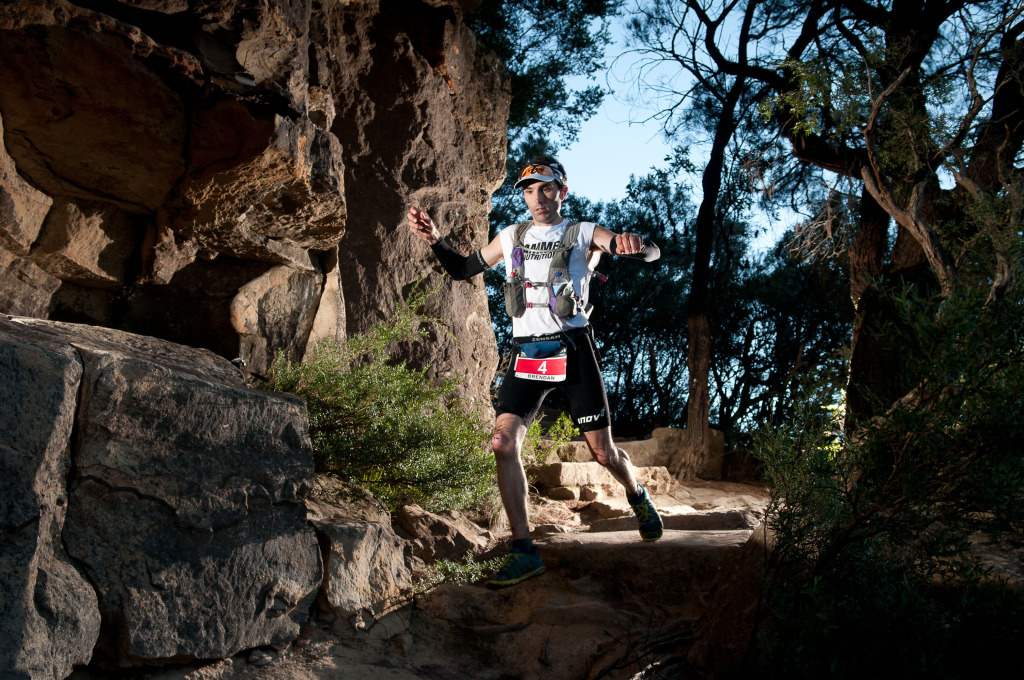
Here are some other things that were learned from the day:
- * Hanny Allston thinks 18 months ahead with her racing and ranks races as As, Bs and Cs. She tries to run just two A races a year where she gives it everything she’s got while the C races are basically treated as training run.
- Don’t fall into the trap of always wanting to make the next race longer and harder than he one before.
- For every 10km you run in a race where you performs to your optimum ability you need a week to recover, says Allston, so that’s 10 weeks for TNF100 runners.
- Don’t just run the big ones like TNF100, support your small, local races as well.
- On training runs of up to three or four hours you shouldn’t consume calories because you want to train your body to burn fat during races so it needs fewer calories.
- “You are kidding yourself” if you think there’s big performance advantages from the electrolytes in energy drinks, says Dr Marty Hoffman. And pre-loading hydration before a race is also futile because the human body can’t store excess water.
- Just drink to thirst – that’s going to provide you with adequate hydration. If you are not thirsty and your urine is clear before a race then you are adequately hydrated.
- Drinking too much water causes hyponatremia, which can be deadly.
- Judging hydration levels based on the colour of your unine during races is futile, Hoffman says, because hormones produced during running can make your urine look like you are dehydrated when in fact you have hyponatremia.
- When it comes to hydration and nutrition, “listening to your body is really he key”, Hoffman says.
- Maintain a high-carb diet in the week leading up to a race but don’t start the race with a bloated stomach full of food, says Andy Du Bois,
- You can develop the necessary glycogen stores for a big race just by eating a normal diet.
- The TNF100 has more than 4000m of climbs and descents and Sydney runners who think training on the Spit to Manly track is good enough preparation are kidding themselves, says Du Bois.
- To perform well in TNF100 you need to do a lot of training on steps.
- On your long training runs, make sure your pace is similar to what your race pace will be.
- Walking and running are very different skills and unless you think you can run up all the steps in TNF100 your training should include lots of walking up steps.
- Walk up the steps two at a time in training so doing one at a time will seem easier in the race.
- There’s no research show core strengthening exercises like planks and crunches do anything to help your running.
- Recovery runs should be easy but done on technical surfaces to help loosen all your leg muscles.
- Jo Brischetto has 17 running packs – “one for every mood”.
- Bottles are better than bladders because they make it easier to see how much liquid you have consumed.
- No matter how cool they look, don’t wear ankle socks – they just let in the dirt that causes blisters.
- Hanny Allston’s running philosophy is: “All in perspective and all in good time.”
- Jo Brischetto’s favourite racing mantra she keeps repeating to keep herself in the moment is “one perfect step” while a favourite training mantra is “train hard, eat Nutella”.
- Hanny Allston believes runners shouldn’t set themselves times as it just leads to heightened anxiety during races.
- Jo Brischetto believes its important to have race goals that aren’t attached to times or places such as getting your nutrition right, avoiding chaffing or being mindful.
Brendan Davies tells his runners not to look at their watches during races. - Marty Hoffman says it’s important to be able to reset goals during a race if things aren’t going to plan so there is still some sense of achievement. Otherwise you feel like “you just screwed up the entire race”.
But our favourite bit of advice was Hoffman’s tip that the rock stars aren’t just at the front of the pack.
“You need to still think of yourself as a rock star in the middle or the back of the pack.”

